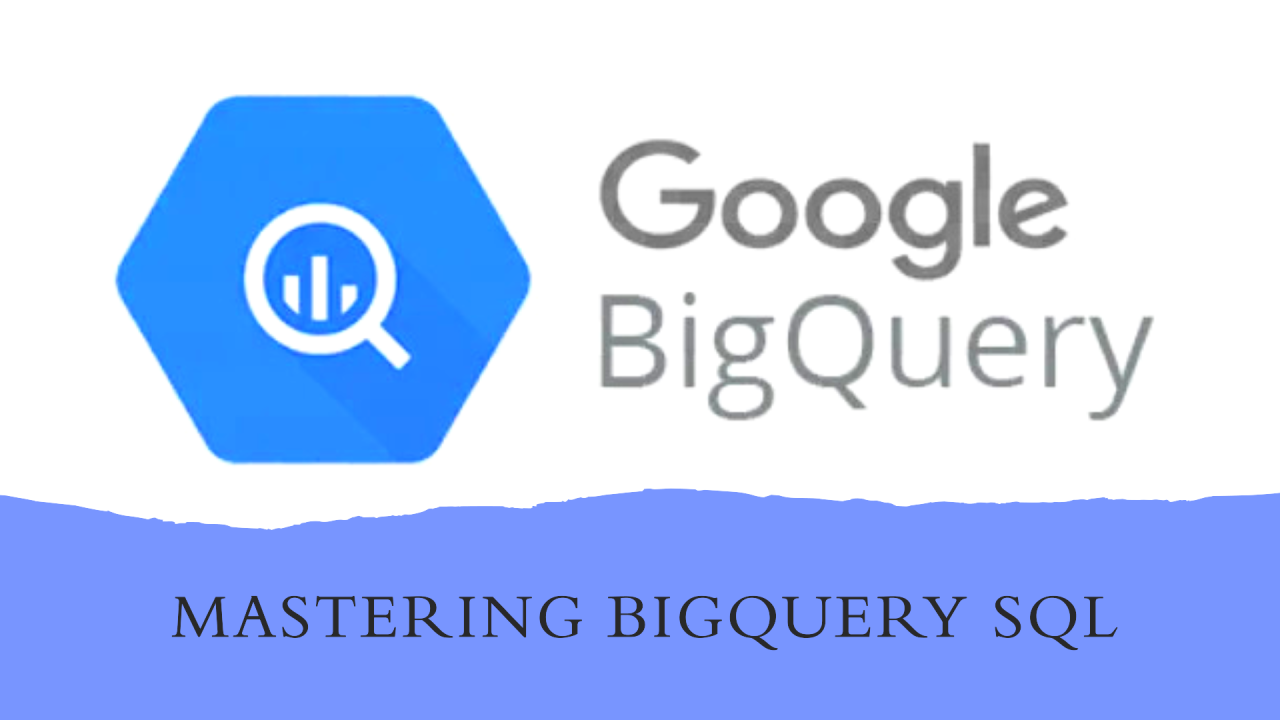
Optimizing BigQuery: Strategies and Techniques for SQL
Kuldeep Pal
Data Engineer - III at Walmart | Software Engineer | Spark | Big Data | Python | SQL | AWS | GCP | Scala | Kafka | Datawarehouse | Streaming | Airflow 1x | Java-Spring Boot | ML
BigQuery is a powerful data warehouse solution, but to make the most out of it, especially when dealing with large datasets, optimization is key. This blog post will cover various optimization techniques, including search indexes, vector indexes, clustering, bucketing, and partitioning, with practical examples to illustrate their use.
1. Search Index
Search indexes in BigQuery are designed to make text searches faster and more efficient. They are especially useful when dealing with large, unstructured text data.
When to Use:
Example: Creating a Search Index
This will create an index on column_name in the specified table. Once the index is created, text searches on this column will be faster.
Optimizing Queries with Search Indexes
2. Vector Index
Vector indexes are used for similarity search, particularly in scenarios involving machine learning, such as finding similar images or text. This involves embedding vectors and using indexes to speed up similarity searches.
When to Use:
Example: Creating a Vector Index
Assume we have a table image_embeddings with an embedding column containing vectors.
Now, you can perform similarity searches based on these embeddings.
Optimizing Similarity Searches with Vector Indexes
3. Clustering
Clustering organizes data within the same partition to reduce the amount of data scanned during queries. It's particularly useful when queries often filter on certain columns.
When to Use:
Example: Creating a Clustered Table
With clustering, BigQuery stores the data in a way that rows with similar values in customer_id and product_category are physically adjacent, reducing the query cost.
Querying Clustered Tables
领英推荐
This query benefits from clustering as only a subset of the data needs to be scanned.
4. Bucketing
Bucketing is a technique to optimize join operations by dividing data into manageable "buckets." While BigQuery doesn't directly support bucketing, you can achieve similar outcomes with partitioning and clustering.
When to Use:
Simulating Bucketing with Partitioning and Clustering
Partitioning and clustering can be combined to simulate bucketing for efficient joins.
Here, the data is partitioned by date and clustered by user_id, optimizing both the query performance and join operations.
5. Partitioning
Partitioning is dividing a large table into smaller, manageable pieces called partitions. This is one of the most effective ways to reduce the amount of data scanned and improve query performance.
When to Use:
Example: Creating a Partitioned Table
Querying Partitioned Tables
This query only scans the relevant partitions, reducing the cost and improving performance.
Summary:
Each of these optimization techniques is suited to different types of queries and data structures:
Conclusion
By leveraging these optimization techniques—search indexes, vector indexes, clustering, bucketing, and partitioning—you can significantly improve the performance of your BigQuery queries. Each technique has its specific use case and understanding when and how to apply them is key to building efficient data solutions.
Happy Querying!
Thank you for reading our newsletter blog. I hope that this information was helpful and will help you with the BigQuery. If you found this blog useful, please share it with your colleagues and friends. And don't forget to subscribe to our newsletter to receive updates on the latest developments in data engineering and other related topics. Until next time, keep learning!
GCP | BigQuery | Data Fusion | Cloud Composer | Apache Airflow | Dataform | dbt | SAP BW | SAP BODS | ETL/ELT | Data Warehousing | Data Pipeline | Python | SQL | Power BI | Excel | PySpark
3 个月Very helpful